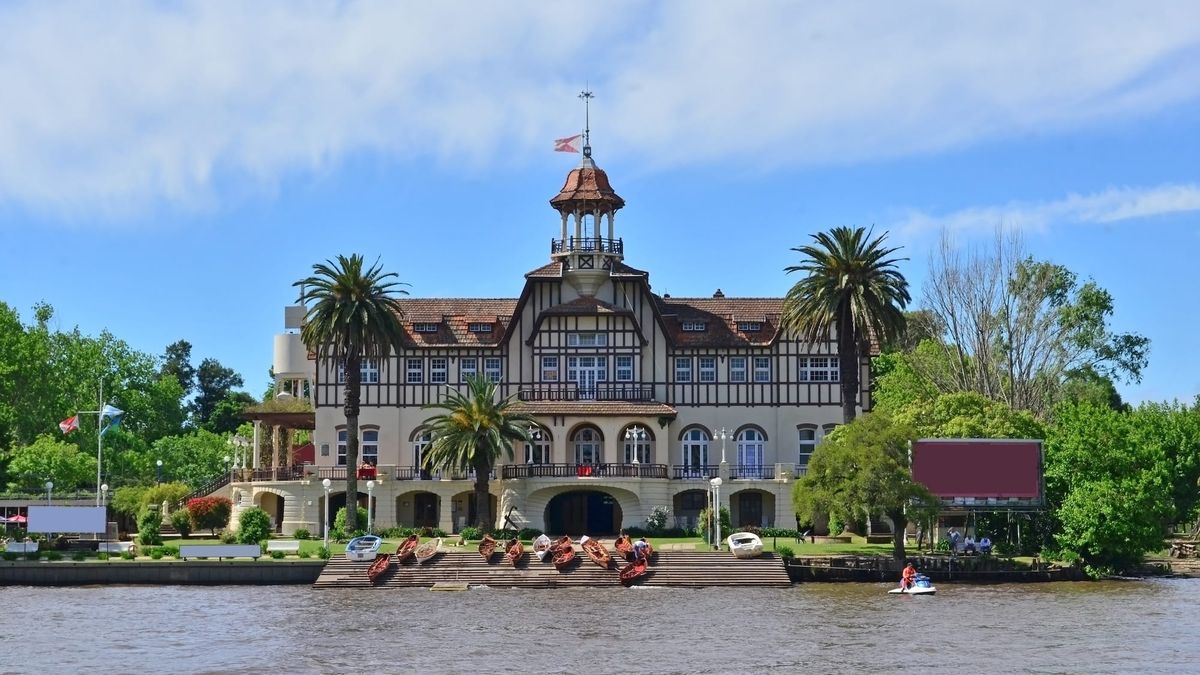A GETAWAY to TIGRE: NATURE, GASTRONOMY, SHOPPING and ART
In the second half of the 19th century, the delta area was “discovered” as an ideal place for rest, recreation and tourism. Since then, the inhabitants of the city of Buenos Aires chose this destination to spend their summers and weekends and built large residences and country houses that today are part of the district’s architectural heritage.
Rowing clubs and the first recreations were also established. And magnificent buildings from the Belle Époque were erected, such as the Tigre Club, which today houses the Tigre Art Museum. An ideal getaway for a weekend in which these places cannot be missed:
wicker house
With 30 years of presence in Puerto de Frutos, it is one of the most visited businesses. You can get baskets, Paraguayan hammocks, blankets and dozens of items made manually at a good price. “What people take most are the baskets,” said the vendor.
The native wild rush, along with exotic species such as wicker and phormium, was used in basketry, an important economic activity since the 19th century. The manufacture of low-cost utilitarian furniture, which was widely used in Argentine homes until the middle of the 20th century, was also important. In 1938, the Fruit Market of the Port of Tigre opened its doors, where the products of the Delta were sold.
kanoo
An obligatory stop at lunchtime accompanied by the beauty of the Delta. “We offer quality gastronomy with dishes such as pacú, yacaré and vacuum-aged meats. And we have a wine cellar with 370 labels”, described Damián, the restaurant manager.
The site has lounge chairs to take a break and the possibility of taking a guided kayak tour to learn about the fauna, flora and ecosystem of the Tigre.
Tiger Art Museum
What was once an exclusive members club with a casino closed in the late ’30s closed and reopened in the ’90s as an art museum.
The building is a jewel of late-nineteenth-century neoclassical architecture, with spacious halls decorated with iron on its doors, Carrara marble on the stairs, and Slavonian oak for the floors.
“It is focused on figurative national art from the 19th and 20th centuries, but there are also modern works and a sample of sculptures,” says Guillermina, the museum guide.
Source: Ambito
David William is a talented author who has made a name for himself in the world of writing. He is a professional author who writes on a wide range of topics, from general interest to opinion news. David is currently working as a writer at 24 hours worlds where he brings his unique perspective and in-depth research to his articles, making them both informative and engaging.




